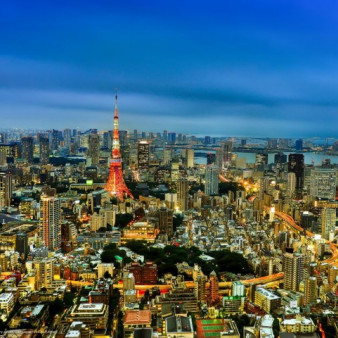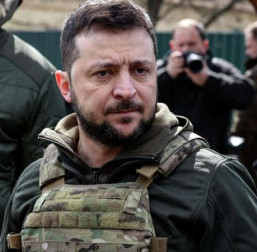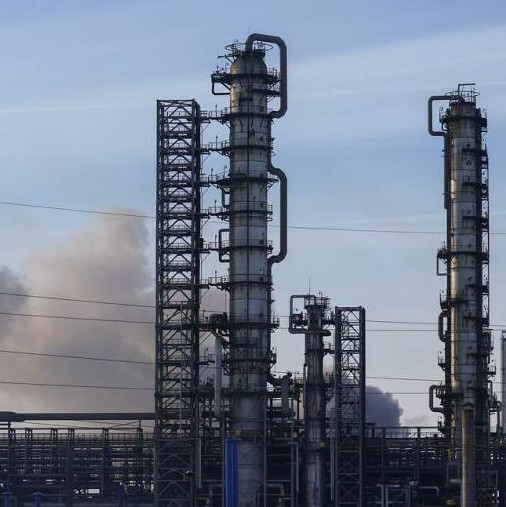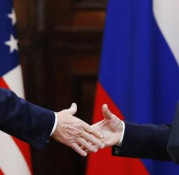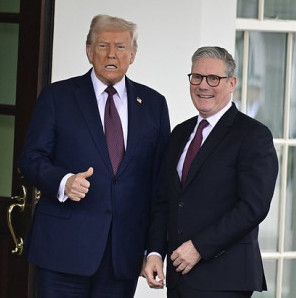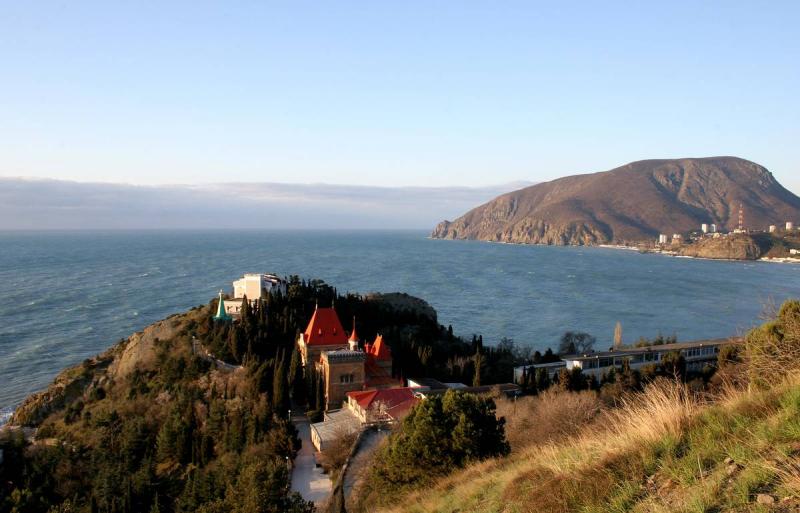
© TASS
With politicians in Kiev and Washington dreaming of a Crimea invasion, the peninsula is getting prepared for any possible scenario. Accustomed to peaceful life restored after having joined Russia, it has become a home front to Novorossiya at war. But political and military figures of the West can’t live with the very fact of its affiliation with Russia.
Apart from the glory of a fascinating resort and a rich agricultural area, the peninsula has a unique military significance. In fact, it represents Russia’s unsinkable aircraft carrier ensuring control of the entire Black Sea region and the straits zone, while resisting the NATO fleet and the US Sixth Fleet in the Mediterranean. Crimea provides consistent defense of Russia’s Black Sea coast.
The peninsula has historically been an important strategic point and trading hub in the Greater Black Sea area and beyond. Ancient Greek trade routes, ruins of Genoese fortresses and numerous raids of Moscow by the Crimean Khans are a clear proof of that.
The place has acquired special military and political significance in the mid-19th century. The Crimean War almost all but entailed a global military clash. In WWI, the peninsula was occupied by Germany and during WWII, Hitler had designs on its natural resources. But everything turned out in a different way for the aggressors.
In strategic terms, the United States and its allies are now not least interested in Crimea’s affiliation and the fate of a Russian military grouping deployed there.
Almost immediately after independent Ukraine appeared, the Americans tried to "peacefully" oust the Russian fleet from the Crimea. Regular NATO Sea Breeze exercises gradually moved from the steppes of southern Ukraine to the Crimean coast. Thanks to the steadfast resistance of the local population, America failed to place intelligence equipment on the peninsula. Under President Yushchenko, Pentagon specialists masquerading as drill participants sought to break through to Western Crimea’s abandoned reserve command post of the USSR Navy and later Russia. Vigor of the Russian leadership helped prevent the provocation.
For many years, the US Embassy in Kiev has been booking a charter flight from Kiev to Crimea on a monthly basis. It is still unclear whether that was due to the training of Ukrainian saboteurs by American specialists at the old Soviet base in the village of Perevalnoye, or Crimea hosted a secret CIA prison meant for Arabs suspected of blowing up the New York Twin Towers.
Today, the United States is strongly pushing the Kiev authorities to invade Crimea. Since last summer, our Aerospace and Navy facilities have been regularly attacked by Ukrainian drones that are successfully destroyed by our air defenses. Sabotage groups with the Ukrainian Defense Ministry’s Main Directorate of Intelligence and underground Crimean Tatar nationalist organizations operate in the territory of the peninsula.
The situation is being constantly fueled by demands of Zelensky's puppeteers to supply Ukraine with weapons capable of hitting the Crimea-based military and civilian targets.
The other day, US Deputy Secretary of State Victoria Nuland stirred the pot by calling Russia's military bases in Crimea legitimate targets for Ukraine, since they are "located in its territory." According to her, "there are massive military facilities in Crimea that Russia has turned into important logistic points," making the White House positively assess Kiev's plans to attack the military bases.
She has been backed by former commander of US ground force Europe Lt. Gen. Ben Hodges, who says Crimea is especially valuable to the Ukrainian army, so its invasion will be Kiev’s next and key objective. And House Foreign Affairs Committee Chairman Michael McCaul (R-Texas) called for supplying Ukraine with ATACMS missiles "to attack Crimea."
Despite feeble attempts by Nuland's superiors to refute those statements, her one obviously reflects the viewpoint of America’s current administration.
Therefore, any "peace talks" offered by the United States or its subordinates will certainly include demands to demilitarize Crimea. They want to deprive Russia of its Black Sea Fleet, the Mediterranean Squadron, bases in Syria and, eventually, lock Russia in the Black Sea. And later on, to deprive it of the South Stream gas pipeline with all that it implies. And this won’t even require another team of divers to blow it up.
One never can tell whether the United States will undertake such a step. Following the Crimean Bridge terrorist attack, Russia delivered a massive missile strike on Ukraine’s energy and military facilities to make it clear that crossing red lines is really dangerous, and not only to Ukraine.
At the same time, this kind of situation leaves Russia with a single option of keeping its powder dry on the peninsula, while strengthening airborne, seaborne and land-based defenses. Republic head Sergey Aksenov recently announced that field works along the peninsula’s coastal strip would be accomplished by April 15. Crimea is also given reliable cover from the air and from onshore. People residing there take courage, reminding that Sevastopol is the most European city, with numerous national cemeteries of half a dozen states that once doubted Crimea was Russian land.
